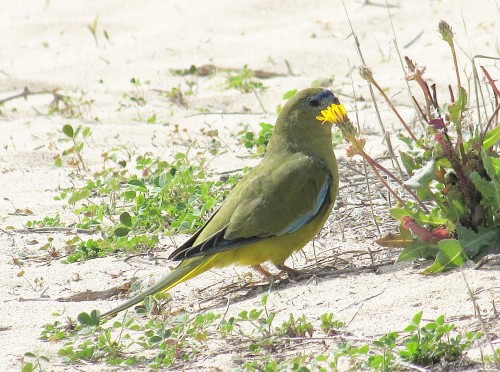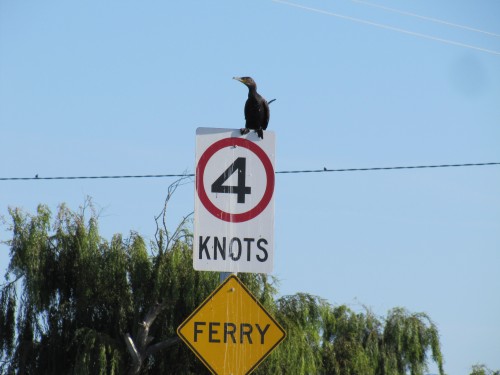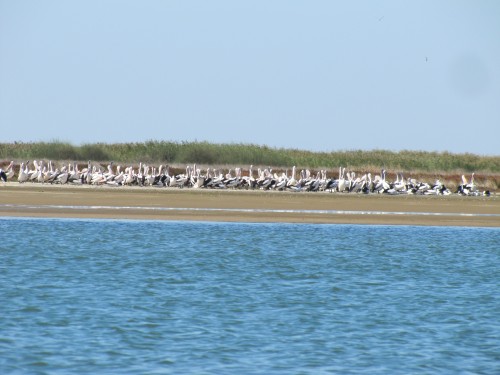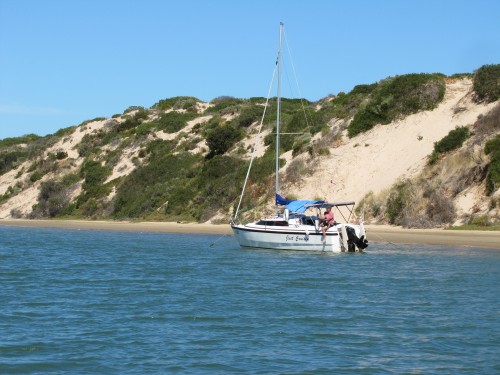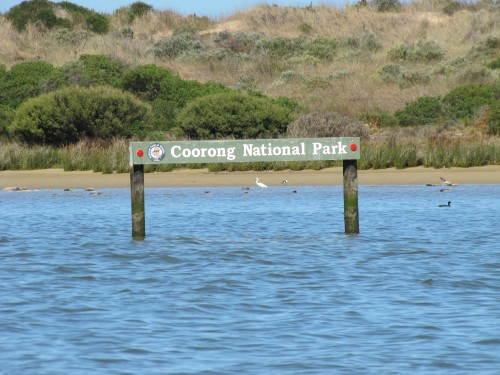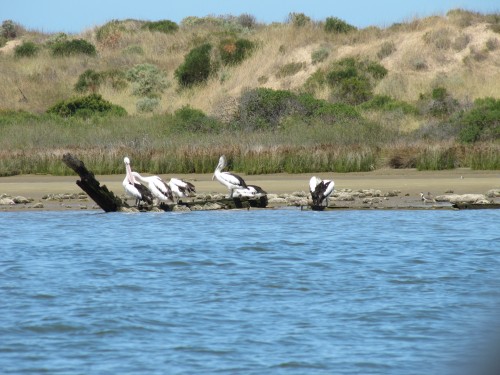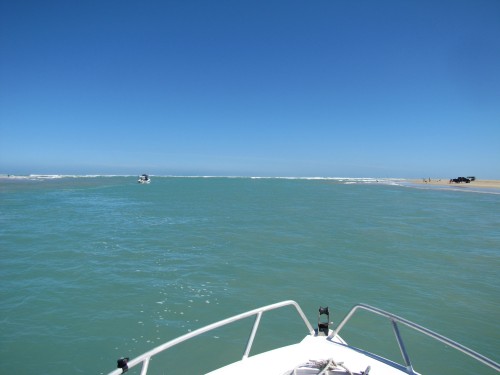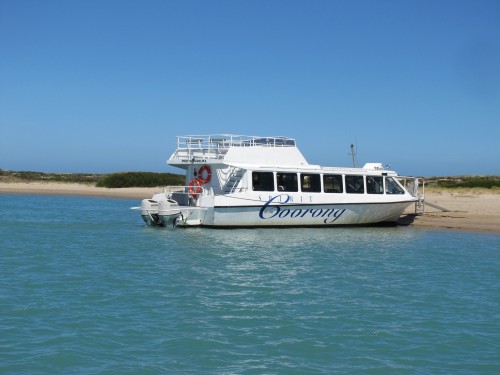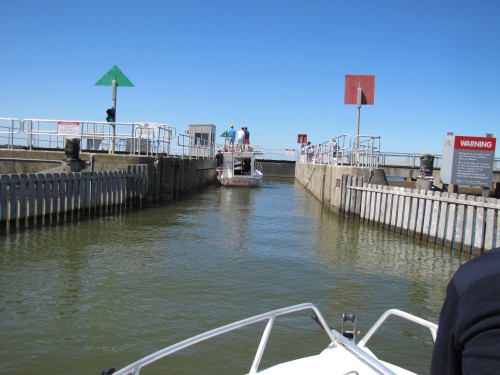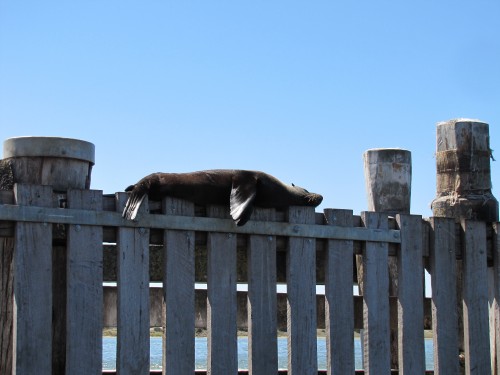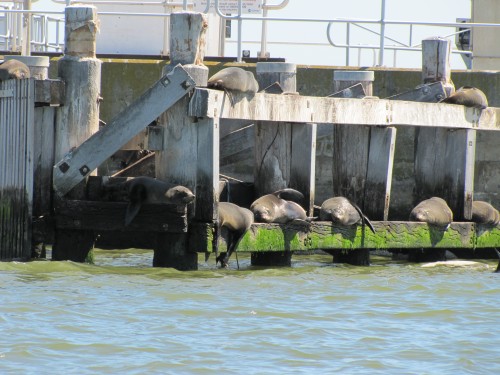Sewage plants and parrots
What does a highway, a sewage plant and an endangered parrot have in common?
Not much if you think about it – except if the bird in question is an Orange-bellied parrot.
Although I have been birding in the places where this very rare and beautiful bird spends its winters, I have yet to observe one in its natural environment. They spend their winters along the southern coast of Victoria and the south eastern coast of South Australia, including the Coorong which is just over an hour’s drive from my home. In the summer months the little population flies over the wild and stormy Bass Strait to Tasmania where they breed.
When I say “little population”, latest counts suggest that as few as 75 individual birds exist in the wild. That is is getting perilously close to extinct.
So what about that question I posed at the beginning? To answer that question you need to read an interesting article called “A highway, a sewage plant and an endangered parrot.” One very interesting fact I learned from the article is that the Orange-bellied parrot is one of only two parrots world wide which migrate.
I don’t have a photo of an Orange-bellied Parrot – not even of one in a zoo – but below I have included a photo of a very similar species, the Rock Parrot. You will just have to imagine an orange patch on the belly!
I can’t swim that fast
I took this photo at the very end of our boat trip earlier this year. We had travelled across Lake Alexandrina, along the River Murray past Goolwa to the Murray Mouth and through the Coorong.
As we approached the boat ramp next to the Narrung ferry (SE of Adelaide) this lone Little Black Cormorant was waiting for my camera while deciding whether he needed to fly away from our boat, or not. Looking at the mess on the signs, it is obvious that this is a common resting spot for many birds.
Look at all those pelicans
A few weeks ago I wrote about a trip I went on via boat through the Coorong south of Adelaide in South Australia. The Coorong is a natural lakes system near the mouth of the River Murray and is acknowledged as one of the major bird habitats in the world.
Just after leaving the river mouth our boat passed the sand bar shown in the photo above. I won’t even attempt to estimate how many Australian Pelicans were sitting there. All I can say is: there must a few fish in the lakes and river system, and this was just one of many large gatherings of this species we saw on the day.
Coorong National Park
On our recent boat trip we passed through the Goolwa barrages and headed south along the Coorong towards the mouth of the River Murray. It is here that Australia’s largest river empties into the Southern Ocean. As we travelled along we followed the line of sand hills which separate the Coorong from the ocean. It places these sand hills are spectacular – more of that for another post.
all along this stretch of the Coorong it is hard keeping up with all the birds one sees, especially seeing we were travelling most of the time at 25mph. On several occasions we had to slow down to slow walking pace and keep a sharp eye out for sand bars; more than once we almost became grounded.
In the photo above you can see a Little Egret, some Grey Teal and a Eurasian Coot just to the right of the sign.
Below the photo shows several Australian pelicans and a Masked Lapwing on the right. Almost impossible to see (except under extreme enlargement) are what look like Sharp-tailed Sandpipers and maybe a stilt.
A little further on we reached the mouth of the Murray. Our captain was unwilling to venture too close for fear of bottoming out on a sand bar. I was surprised by the number of vehicles on the beach and the number of people fishing along the shore of the river. I shouldn’t have been – it was a holiday long weekend and the weather was perfect.
The last photo below shows one of the tourist boats operating in this part of the river, The Spirit of the Coorong. It takes tourists from Goolwa down through the Coorong on a regular schedule.
